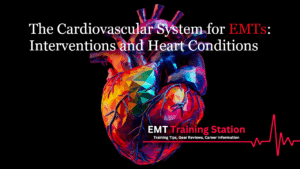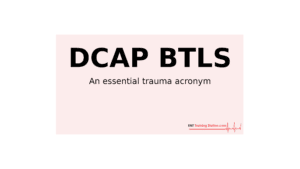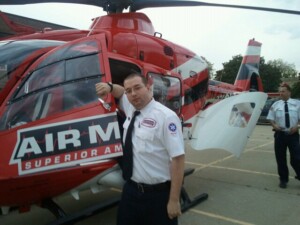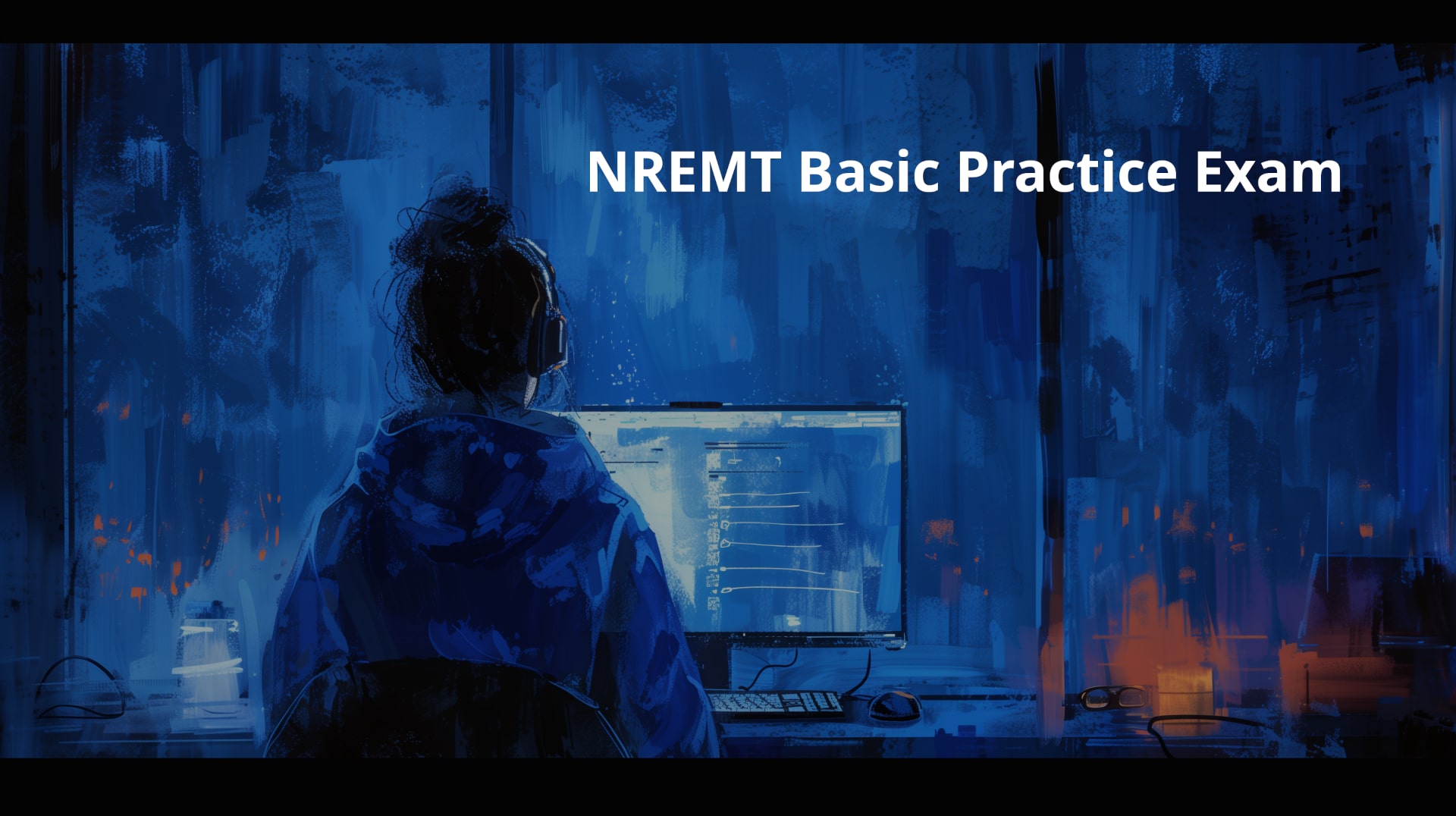As an EMT veteran and EMT instructor, I can’t stress enough the importance of NREMT basic exam practice tests. They’re not just about memorizing stuff; they get you in tune with the exam’s feel and type of questions. The real deal is about quick thinking under pressure, much like in the field.
Practicing also eases your nerves, helping you spot your weak spots. It transforms your knowledge into something practical for the exam. Plus, it’s crucial for time management – a skill vital for both the test and real emergencies. In my experience, those who commit to practice tests don’t just pass; they excel in their EMT careers.
That’s why I am providing this 50-question practice exam for free. I simply want you to pass the NREMT and get out there and make a difference in someone’s life.
Hopefully, you did well! Don’t sweat it if you did not do as well as you had hoped. Fortunately, I have partnered with EXAM EDGE to provide you with the best simulated NREMT practice exams. Use code SAVE-GYUY at checkout and take 10% the cost of your practice tests.
Related Posts

The Cardiovascular System for EMTs: Interventions and Heart Conditions


Michael
Hey there! It's so great to meet you! My name is Mike, and I am thrilled to be able to share my extensive EMS experience with you. I am currently working as an EMT in Tucson and am also an EMT instructor at Pima Community College. I am passionate about teaching future first responders, and I created this site specifically to assist anyone interested in pursuing a career in EMS.
It's possible that you are here because you're considering becoming an EMT, or maybe you are already one. Throughout my career, I have tested out countless pieces of EMT-related gear and equipment, and I want to help guide you in making smart decisions when it comes to selecting the best gear for your needs.
I am here to offer my support, so feel free to reach out if there is anything you need. Let's work together to make sure you have the tools you need to excel in this rewarding field!
Share this:
- Click to share on Facebook (Opens in new window) Facebook
- Click to share on LinkedIn (Opens in new window) LinkedIn
- Click to share on X (Opens in new window) X
- Click to share on Reddit (Opens in new window) Reddit
- Click to share on Pinterest (Opens in new window) Pinterest
- Click to share on Pocket (Opens in new window) Pocket
- Click to share on Telegram (Opens in new window) Telegram
- Click to share on Mastodon (Opens in new window) Mastodon
- Click to print (Opens in new window) Print
- Click to email a link to a friend (Opens in new window) Email


